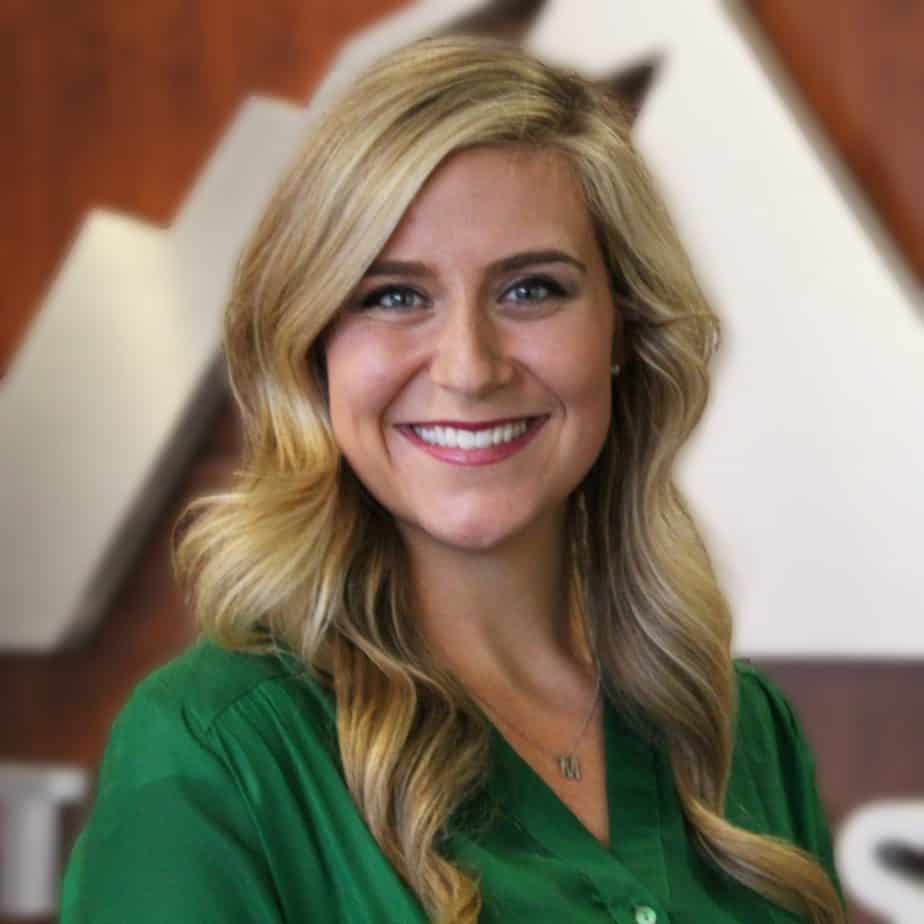Intent vs. Impact
By: Meredith Ashton Cohen, CD(DONA)
Last month I attended our UDA Spring Conference with keynote speaker Dr. Courtney L. Everson, PhD. The topic for her Friday evening presentation was “Inequities in the US Birthing Landscape: Understanding Difference, Power & Discrimination” and one of the ideas she brought to our discussion was that of intent vs. impact. An example of this concept is: say I am walking down the hall carrying a load of books, I meet up with my friend and the books slip out of my arms and fall on her, hurting her foot. I didn’t mean for the books to slip out of my arms and I certainly didn’t mean to hurt my friend (intent), however my friend still ended up in pain (impact).
As we celebrate Pride Month in June, I bring our attention to the disparity between intent and impact specifically in regards to our interactions as cisgender individuals with our LGBTQ+ friends, clients, and colleagues. Sometimes our language and behavior around marginalized groups, i.e. refugees, people of color, and LGBTQ+, is very harmful (impact) even though we don’t mean it to be (intent).
The good news in all of this is that we can change it, we can narrow the gap between our intent and impact as we serve our LGBTQ+ colleagues and clients. As doulas we are a powerful player on the birth team, we can make the difference between a positive and disappointing birth experience for our clients. Discussed below are a few things we can do as doulas to bring our impact more into alignment with our intent to respectfully serve LGBTQ+ communities.
1. Watch Your Language
The language we use when interacting with LGBTQ+ from our intake form through our postpartum visit creates a foundation of visibility and safety when inclusive language is used. Here are a few things to think about:
Consider amending your intake form, do you include a gender question, does it have binary options, a range of options, or a fill in the blank? Do you include a place for clients to let you know their pronouns? Our intake forms are a place we can bring our impact in line with our intent to provide safety and space for LGBTQ+ folks to be respectfully seen and heard.
Also consider amending the language on your website, for instance: you could replace or augment woman/women with birthing person/people, use breastfeeding with chestfeeding or *bonus* talk about feeding options to include individuals who choose to bottle feed their babies, etc.
Pay attention to pronouns and if you have a question about which pronouns to use, ask! This is a simple detail that makes a big difference-for better or for worse. When interacting with queer or trans folks, let them take the lead. Pay attention to the language they use and if you aren’t sure, it’s okay to ask them. Also, be proactive in learning the terminology trans and non-binary people use around their bodies.
Language matters! Because people matter!
Resources:
- An Ally’s guide to terminology
- Understanding Gender
- Trans 101
- Caring for Transgender and Genderqueer Clients with Cultural Humility
2. Do Your Own Self-Work
- Identify your assumptions and question them.
- Be open to learning and humbly ask questions.
- Develop cultural humility as a lifelong process, it is a critical skill for inclusive doula care.
It is a healthy practice to consistently push the boundaries on our comfort zone and expand our awareness of all communities, not just the dominant cultures and identities many of us occupy. Awareness with humility can narrow the gap between our intention to be respectful and individuals feeling safe, seen and heard.
With all this said, it is important to note that there’s a doula for everyone and we are not everyone’s doula. In our process of developing cultural humility, it is important to acknowledge and respect our inner boundaries and be clear on who we can/choose to support.
3. Expand Your Resources and Conversations
Know which providers, hospitals and birthing centers are open and supportive of LGBTQ+ birthing individuals. Consider researching and expanding your resource list to include specific contacts and resources that will meet the needs of LGBTQ+ clients and other marginalized communities.
Danie, a doula specializing in queer and trans families, shares in her article Working with LGBTQ+ Clients, “If there are not any resources indicating local care providers that are allies, call providers and ask. Knowledge is one of the most powerful tools in our kit. Of course we will not know everything and that is okay, but the more information we have, the more we can pass onto our clients.”
Another idea that Danie recommends is having conversations with hospital and other medical staff, she adds “…only if you’ve been given the go-ahead by your client–sometimes people may not feel safe or comfortable being ‘out’ in certain contexts. Explain that your client(s) are queer or fall somewhere on the trans spectrum and they wish to use a specific pronoun, or that they wish to have the way they feed their baby referred to as chestfeeding vs breastfeeding. These things, to cis (heterosexual/straight) people, may seem very small, but for people within the LGBTQ+ community they can mean a lot.” Again, language matters.
As doulas, we can make a significant difference in the perinatal care of LGBTQ+ and other marginalized clients, it begins with our willingness and ability to develop cultural humility and narrow the gap between impact and intent.
About Meredith:

Meredith Ashton Cohen CD(DONA), is a Birth Doula who specializes in supporting unmedicated births using Hypnobirthing techniques to create efficient and positive outcomes. She is passionate about educating and “holding space” for each birthing person, baby and birth partner to find connection during the pregnancy/birth process for a faster, easier, more comfortable birthing experience.
